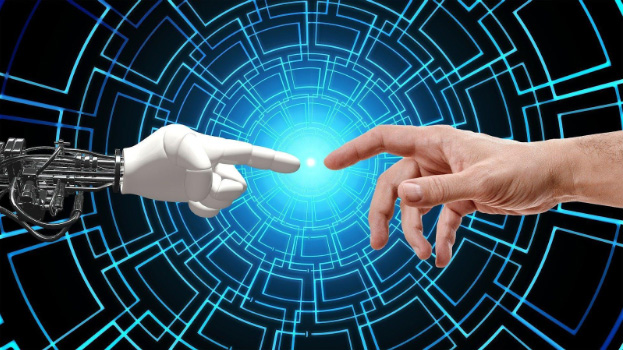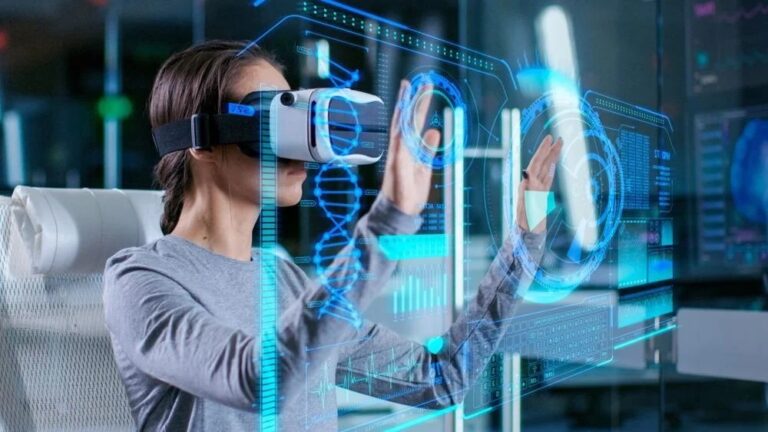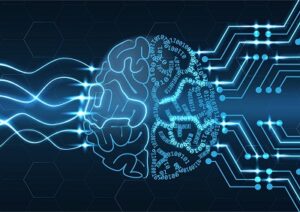Deep learning remains at the forefront of technological innovation, with its capabilities expanding into new and diverse fields. As research progresses, emerging trends are shaping the future of deep learning and its applications. Here’s an exploration of additional areas and trends where deep learning is making waves and pushing boundaries.
Deep Learning in Genomics and Personalized Medicine
- Genetic Research:
- Genome Sequencing: Deep learning models analyze large-scale genomic data to identify genetic variations, mutations, and correlations with diseases. This helps in understanding genetic predispositions and developing targeted therapies.
- Gene Expression Analysis: AI models interpret gene expression data to uncover patterns related to disease states and biological processes, advancing personalized medicine and drug discovery.
- Personalized Treatments:
- Customized Drug Development: Deep learning assists in identifying drug candidates and predicting their efficacy by analyzing molecular data, leading to the development of personalized treatments tailored to individual genetic profiles.
- Treatment Response Prediction: AI models predict patient responses to various treatments based on their genetic and clinical data, enabling more precise and effective therapeutic strategies.
Deep Learning in Agriculture
- Precision Farming:
- Crop Monitoring: Deep learning models analyze satellite and drone imagery to monitor crop health, detect diseases, and assess growth patterns, enabling farmers to optimize their agricultural practices.
- Yield Prediction: AI predicts crop yields by analyzing historical data, weather conditions, and soil quality, helping farmers make informed decisions about planting and harvesting.
- Automated Farming:
- Robotic Harvesting: Deep learning powers autonomous robots for harvesting crops, identifying ripe produce, and minimizing waste, improving efficiency and productivity in agriculture.
- Soil Management: AI analyzes soil data to recommend optimal planting strategies, fertilizer application, and irrigation practices, enhancing soil health and crop productivity.
Deep Learning in Creative Arts
- Generative Art:
- AI-Generated Artwork: Deep learning algorithms create original artwork by analyzing styles, techniques, and aesthetics from existing art, resulting in unique and innovative visual creations.
- Music Composition: AI models compose music by learning from various genres and styles, generating new compositions that reflect diverse musical influences and preferences.
- Content Creation:
- Text and Script Writing: Deep learning assists in generating text and scripts for various media formats, including novels, screenplays, and advertising content, enhancing creative processes and content production.
- Video Editing: AI automates video editing tasks by analyzing footage, selecting key scenes, and applying transitions and effects, streamlining the video production process.
Deep Learning in Legal and Compliance Automation
- Regulatory Compliance:
- Automated Reporting: Deep learning models analyze financial and operational data to generate compliance reports, ensuring adherence to regulatory requirements and reducing manual effort.
- Risk Assessment: AI evaluates compliance risks by analyzing data from various sources, identifying potential issues, and recommending corrective actions to mitigate risks.
- Legal Document Automation:
- Contract Analysis: AI systems review and analyze legal contracts, identifying key clauses, potential risks, and inconsistencies, simplifying the contract management process for legal professionals.
- Legal Research Automation: Deep learning models assist in automating legal research by analyzing case law, statutes, and legal precedents, providing relevant information and insights for legal practitioners.
Deep Learning in Sports Analytics
- Performance Analysis:
- Athlete Monitoring: AI analyzes data from wearable sensors and video footage to assess athlete performance, detect injuries, and provide insights for training and recovery strategies.
- Game Strategy: Deep learning models analyze game footage and player statistics to develop strategic recommendations, optimize team performance, and enhance coaching decisions.
- Fan Engagement:
- Personalized Content: AI curates personalized content for sports fans based on their preferences, viewing history, and engagement patterns, enhancing the overall fan experience.
- Predictive Analytics: AI predicts game outcomes and player performances by analyzing historical data, player statistics, and team dynamics, providing insights for sports betting and fan engagement.
Deep Learning in Robotics and Automation
- Advanced Robotics:
- Human-Robot Interaction: Deep learning models improve human-robot interaction by enabling robots to understand and respond to human gestures, speech, and emotions, enhancing collaboration and usability.
- Autonomous Systems: AI powers autonomous robots and drones for various applications, including exploration, inspection, and delivery, enabling efficient and precise operations in complex environments.
- Manufacturing Automation:
- Quality Control: Deep learning enhances quality control in manufacturing by analyzing product defects, identifying anomalies, and ensuring consistency and precision in production processes.
- Production Optimization: AI models optimize manufacturing workflows by analyzing real-time data, predicting equipment failures, and adjusting processes to improve efficiency and reduce costs.
Deep Learning in Cybersecurity
- Threat Detection:
- Anomaly Detection: Deep learning models identify unusual patterns and behaviors in network traffic and system logs, detecting potential security threats and cyberattacks in real-time.
- Malware Analysis: AI analyzes software code and system behavior to detect and classify malware, providing early warnings and enabling effective countermeasures.
- Fraud Prevention:
- Transaction Monitoring: Deep learning systems monitor financial transactions for signs of fraudulent activity, analyzing patterns and anomalies to prevent financial fraud and protect user accounts.
- Identity Verification: AI enhances identity verification processes by analyzing biometric data, such as fingerprints and facial recognition, ensuring secure access to sensitive systems and information.
Deep Learning in Environmental Science
- Ecosystem Monitoring:
- Biodiversity Assessment: AI analyzes environmental data and imagery to monitor biodiversity, track species populations, and assess ecosystem health, supporting conservation efforts and ecological research.
- Pollution Detection: Deep learning models detect and analyze pollution levels in air, water, and soil by processing data from sensors and satellite imagery, aiding in environmental protection and regulation.
- Natural Disaster Prediction:
- Disaster Forecasting: AI predicts natural disasters, such as earthquakes, floods, and wildfires, by analyzing historical data, weather patterns, and geological information, improving preparedness and response efforts.
- Damage Assessment: Deep learning models assess the impact of natural disasters by analyzing satellite and drone imagery, providing insights for recovery and reconstruction efforts.
Future Trends in Deep Learning
- Integration with Quantum Computing:
- Enhanced Computation: Combining deep learning with quantum computing promises to accelerate data processing and improve the efficiency of complex calculations, opening new possibilities for solving intricate problems.
- New Algorithms: Quantum computing may lead to the development of novel deep learning algorithms that leverage quantum mechanics to achieve superior performance and capabilities.
- Advancements in Transfer Learning:
- Pretrained Models: Transfer learning allows deep learning models to apply knowledge gained from one task to new, related tasks, improving efficiency and reducing the need for extensive training data.
- Domain Adaptation: AI models can adapt to new domains and contexts more effectively, enabling broader applications and faster deployment in various industries.
- Ethical AI Development:
- Bias and Fairness: Continued focus on addressing biases in deep learning models and ensuring fairness in AI systems will be crucial for responsible and equitable AI development.
- Accountability and Transparency: Developing frameworks for transparency, accountability, and ethical decision-making in AI will be essential for building trust and ensuring positive societal impact.
Conclusion
Deep learning is driving innovation across numerous fields, from genomics and agriculture to creative arts and cybersecurity. Its ability to analyze complex data, recognize patterns, and make predictions is transforming industries and creating new opportunities for advancement. As deep learning technology continues to evolve, addressing ethical considerations, integrating with emerging technologies, and fostering responsible development will be key to maximizing its potential and achieving meaningful impact. The future of deep learning holds immense promise, offering exciting possibilities and shaping the trajectory of technological progress.




+ There are no comments
Add yours